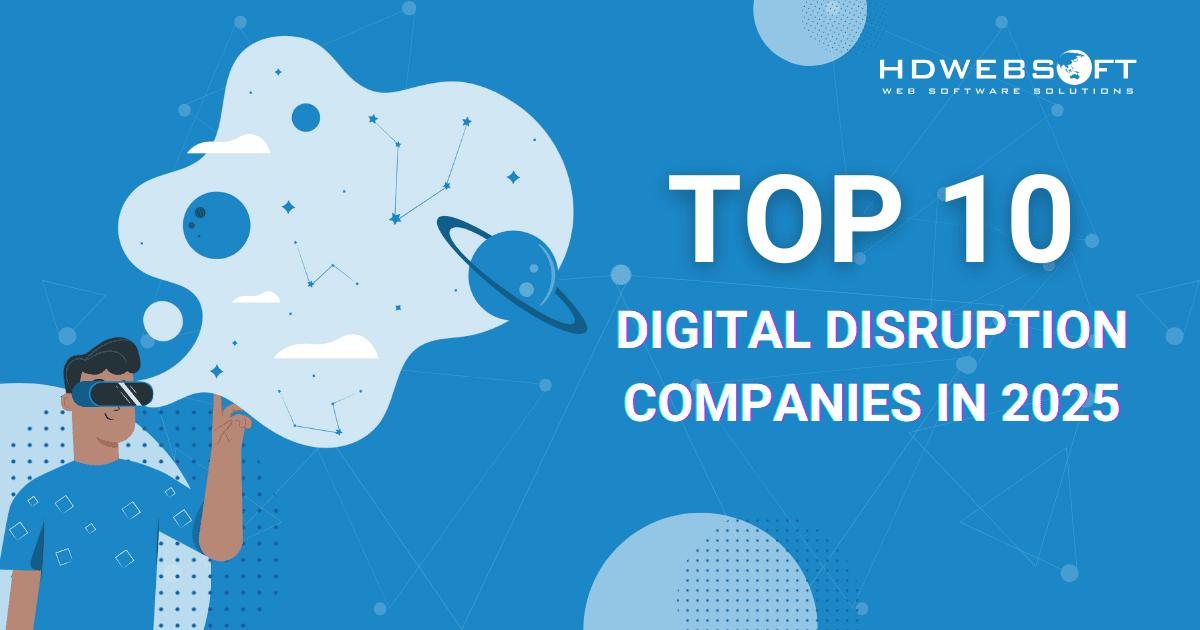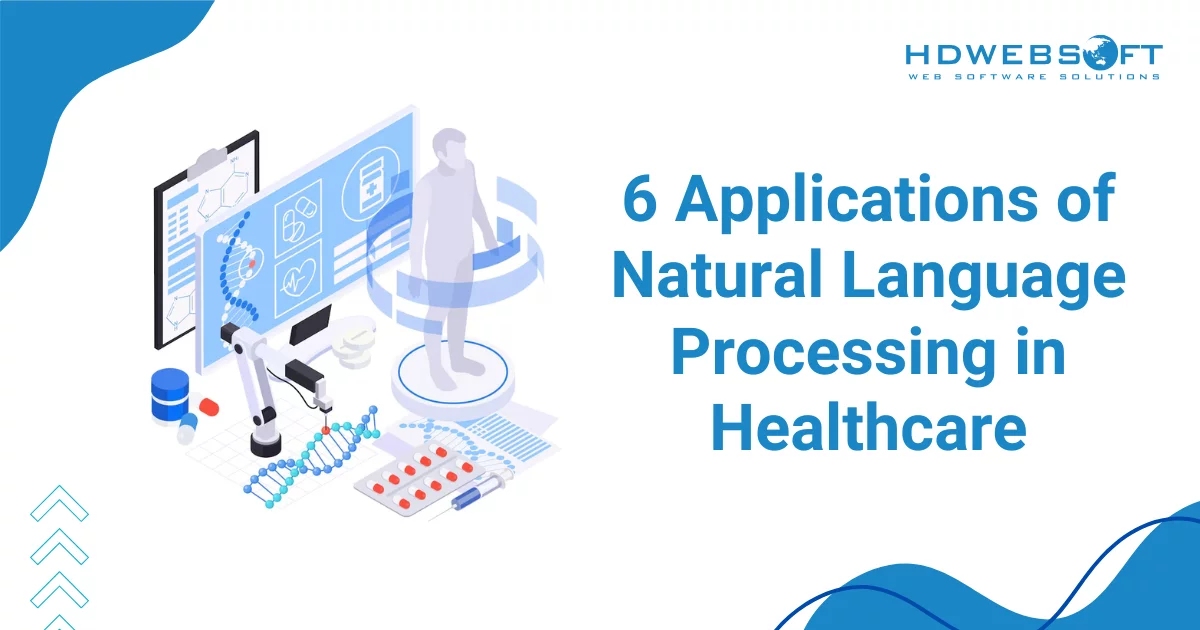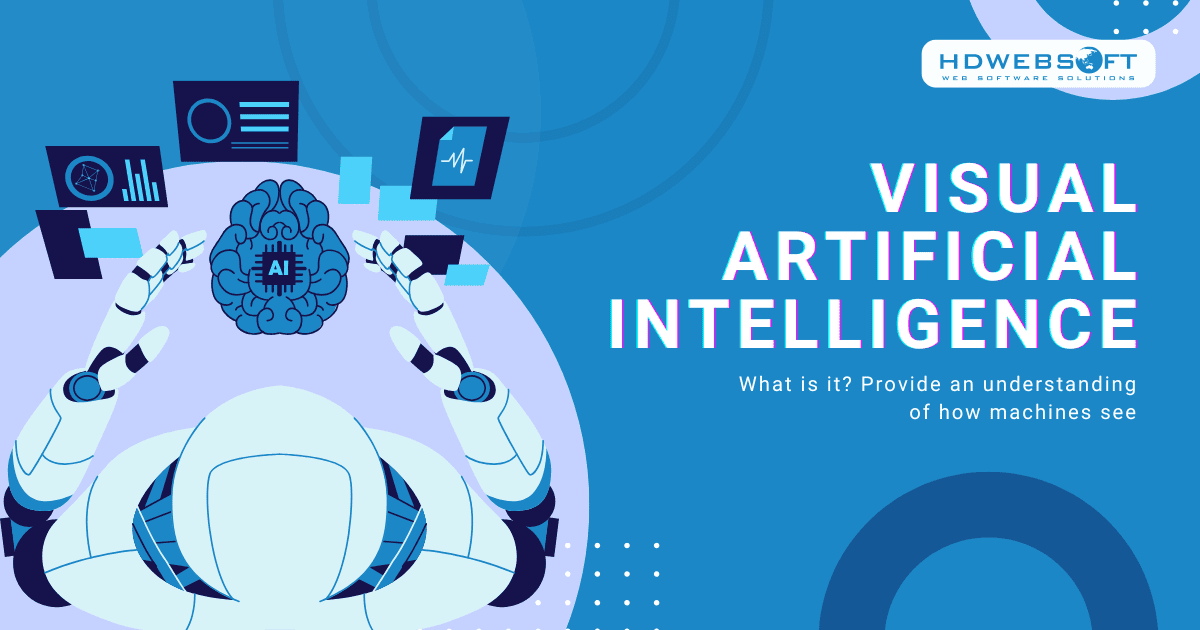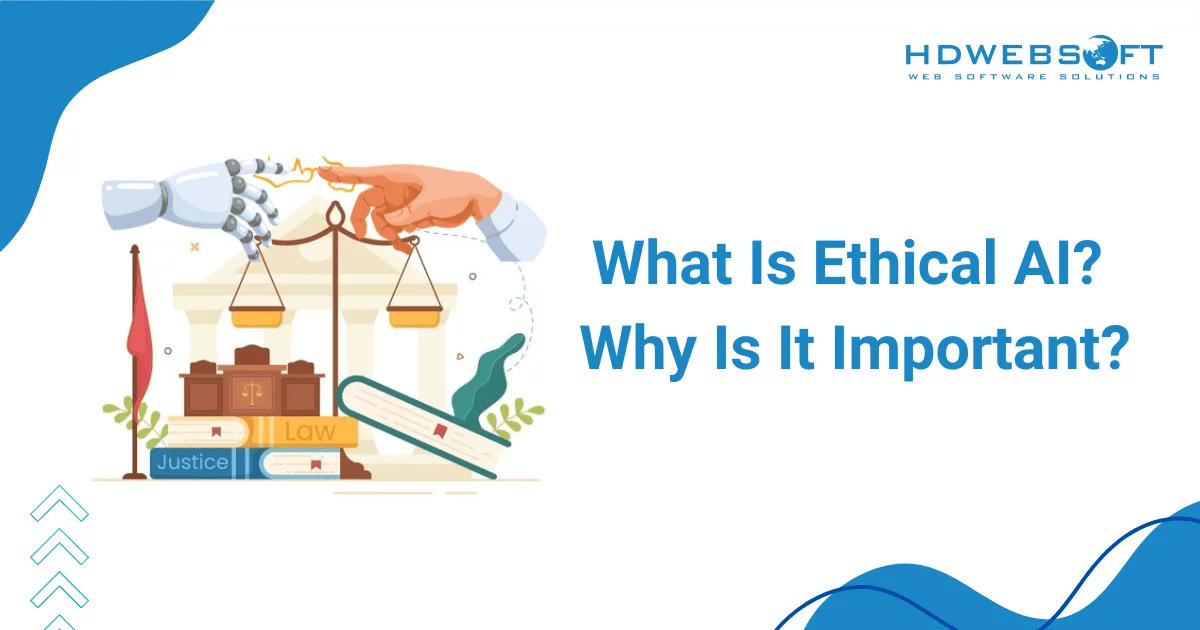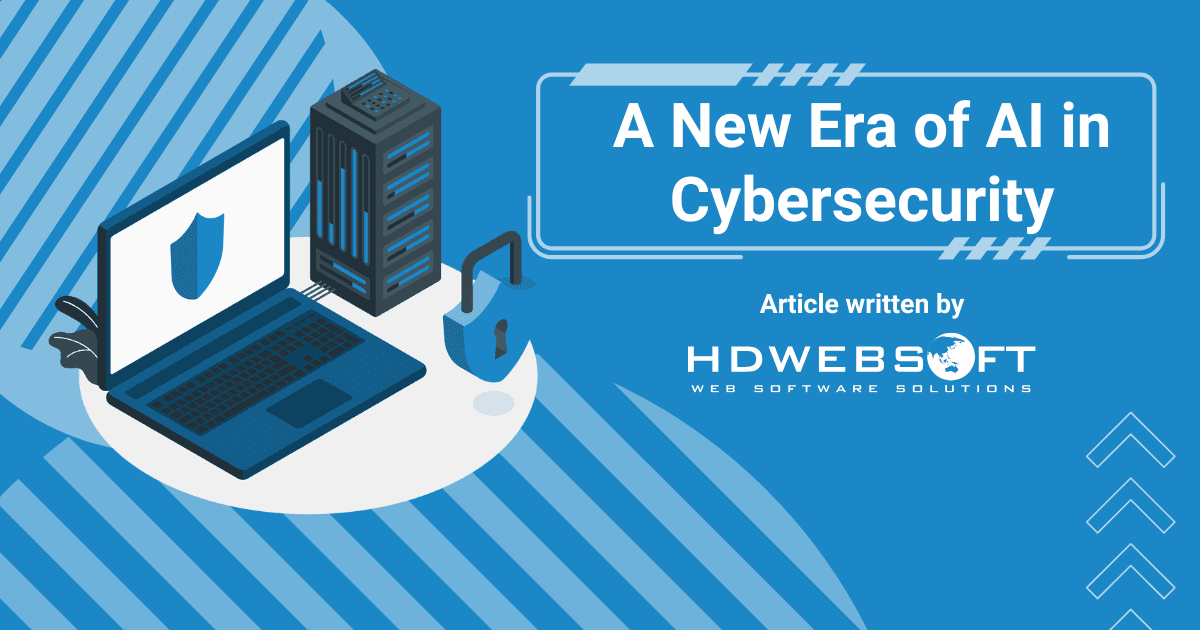
AI in cybersecurity is no longer a niche concern; it’s a global priority. In 2025, connected devices are expected to produce an immense 181 zettabytes of data. This sheer volume renders manual analysis unfeasible, positioning AI as a critical asset in combating cybercrime.
This article delves into the nuances of artificial intelligence’s role in cybersecurity and its advantages, challenges, and use cases. But before that, let’s learn about the current most dangerous cyberattacks.
Primary Cybercrime Threats
The rapid advancement of technology has brought countless benefits, but it has also opened the door to a range of cyber threats. In recent years, there have been a number of industries that are vulnerable to cyber-attacks.
Top 4 most vulnerable industries to cyber-attacks by Statista.
Therefore, understanding these threats is essential for businesses, governments, and individuals striving to protect their digital environments. Let’s explore some of the most common and damaging forms of cybercrime and how AI in cybersecurity assists in easing these cyberattacks.
Ransomware
First of all, ransomware has emerged as one of the most notorious cyber threats recently. This malicious software encrypts a victim’s data, rendering it inaccessible until a ransom is paid to the attackers. What makes ransomware particularly devastating is its ability to disrupt critical operations.
Hospitals, schools, and government agencies have all fallen victim. They often face the difficult choice of paying the ransom or losing valuable data. Then, artificial intelligence in cybersecurity has emerged as a key ally in combating ransomware by detecting unusual file encryption activities.
How does it do it? The answer is it predicts potential vulnerabilities before they can even be exploited.
Malware
Secondly, malware is a broad term encompassing various forms of malicious software, including viruses, worms, and spyware. Once malware infiltrates a system, it can steal sensitive information, corrupt files, or even grant attackers unauthorized access to networks.
While traditional antivirus programs are helpful, they often fall short of the sophisticated techniques employed by modern cybercriminals. This is where AI in cybersecurity shines. AI-powered solutions can quickly detect and neutralize malware threats by analyzing behavioral patterns in real-time. Furthermore, they are effective against previously unknown threats by identifying anomalies.
Next, social engineering attacks exploit human psychology rather than technical vulnerabilities, making them particularly insidious. Phishing emails, for example, trick individuals into revealing personal information, such as passwords or financial details. Meanwhile, spear phishing takes this a step further by targeting specific individuals with personalized messages.
These tactics rely on trust and manipulation, making them challenging to combat with conventional methods. Thankfully, AI cybersecurity can help identify suspicious communication patterns and flag potential phishing attempts before they reach unsuspecting victims.
Distributed Denial of Service (DDoS) Attacks
DDoS attacks take the principles of DoS attacks and amplify them by using multiple compromised devices, often forming a botnet. As a consequence, this coordinated assault can cripple even the most robust networks. The scale and complexity of DDoS attacks make them especially difficult to manage.
However, AI in cybersecurity offers advanced defense mechanisms, such as identifying and isolating the sources of malicious traffic. Ultimately, minimal disruption to legitimate users is made sure of.
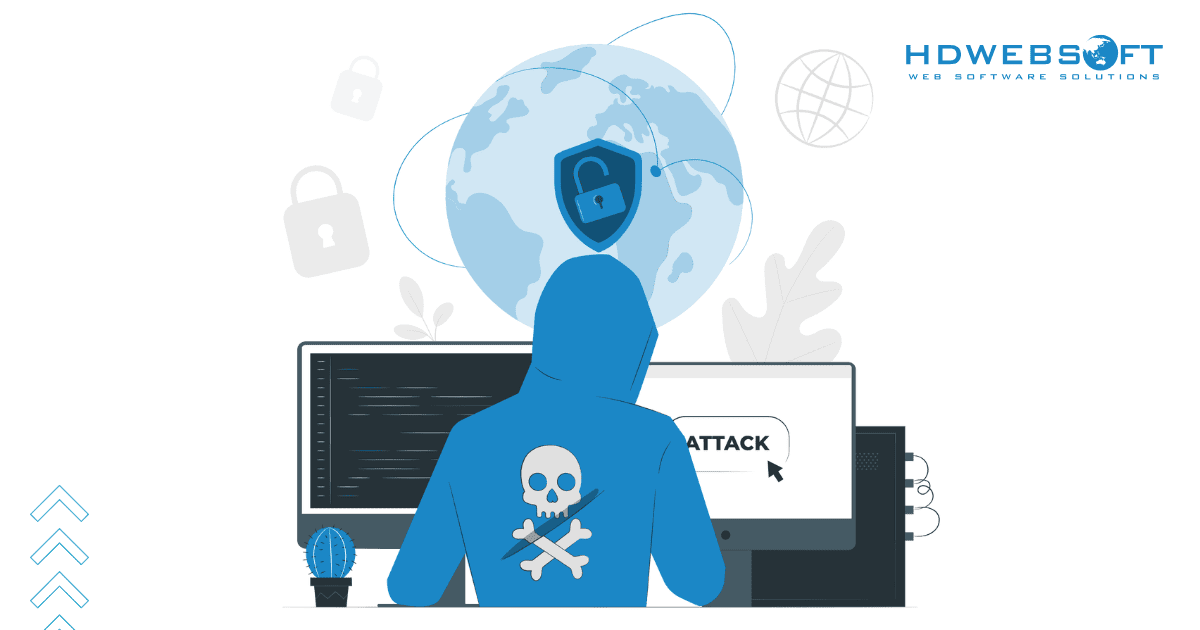
DDoS is the most challenging cyber threat to deal with. Still, AI in cybersecurity can help with that.
Denial of Service Attacks
Lastly, a denial of service (DoS) attack aims to overwhelm a network or server, rendering it unavailable to users. These attacks typically flood the target with excessive requests, causing it to crash. Although they may seem straightforward, DoS attacks can cause significant disruption, particularly for businesses reliant on continuous online operations.
With that being said, incorporating artificial intelligence in cybersecurity allows systems to monitor digital traffic patterns. By then, the technology automatically mitigates these attacks by filtering out malicious traffic.
The Impact of AI in Cybersecurity
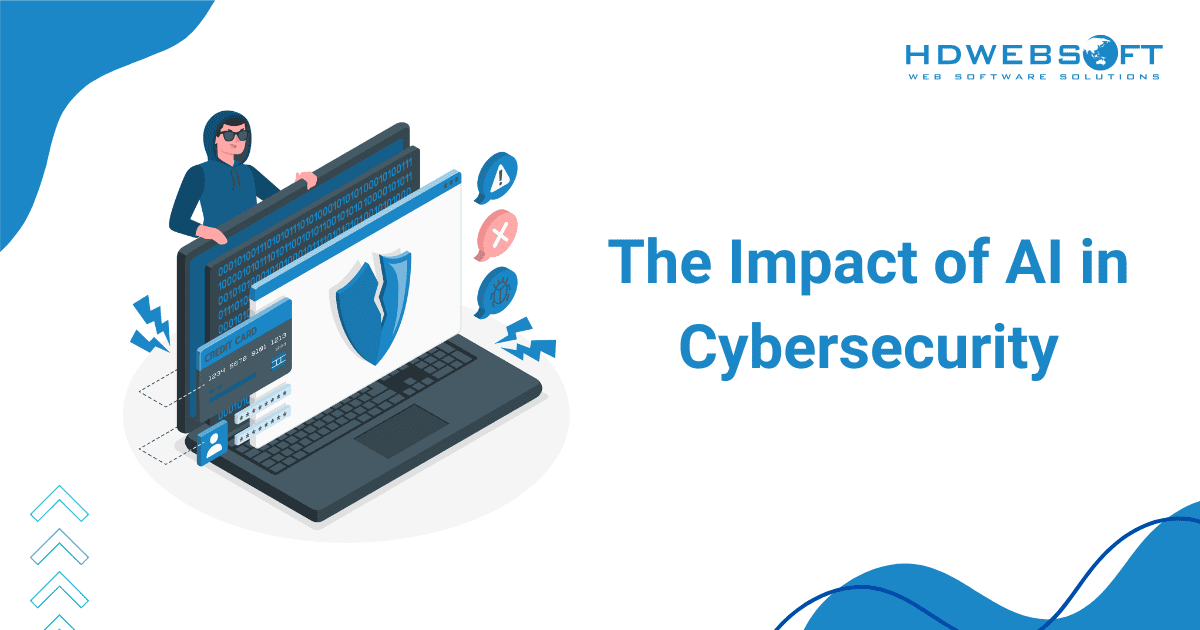
As of 2024, the global AI in cybersecurity market was valued at $25.35 billion. Moreover, the market is expected to witness a CAGR of 24.4% from 2025 to 2030. It’s no surprise we witness these figures since hackers exploit emerging technologies to advance their malicious activities.
The rising incidence of cyberattacks has drawn global attention to the role of AI in enhancing cybersecurity. A survey found that 82% of global IT leaders were planning to invest in AI-driven defense in years to come.
Artificial intelligence in cybersecurity creates inherently secure applications by eliminating user-facing vulnerabilities. By removing weak default settings, AI ensures accurate threat detection, accelerates investigations, and automates responses. AI-powered solutions like behavioral biometrics for user verification help build secure applications and support a safe data environment. In the long run, it’ll strengthen the overall infrastructure.
Furthermore, AI in cybersecurity enables organizations to detect suspicious activities and potential threats. It empowers them to predict and prevent cyberattacks before they occur. Consequently, organizations are able to protect their digital assets proactively and minimize risks before damage can happen.
Use Cases of Artificial Intelligence in Cybersecurity
With artificial intelligence, organizations can bolster their defenses, optimize operations, and proactively respond to malicious activities. Below, we explore key use cases where AI is making a profound impact on cybersecurity.
Threat Detection and Prevention
Malware and Phishing Detection
AI’s ability to analyze vast datasets in real-time makes it a powerful ally in detecting malware and phishing attempts. By recognizing malicious patterns and anomalies, AI systems can flag and neutralize threats before they cause harm.
For instance, machine learning algorithms can analyze email metadata and content to identify phishing attempts, especially for marketing. In this context, it can protect organizations from credential theft and data breaches. Furthermore, AI enhances antivirus software by identifying malware variants that traditional signature-based approaches might miss.
Security Log Analysis
Organizations generate enormous volumes of security logs daily. Sifting through these logs manually is both time-consuming and prone to errors.
With AI in cybersecurity, automated systems can analyze logs, detect suspicious activities, and prioritize potential threats. Moreover, AI algorithms can identify irregular login attempts, unauthorized access, or unusual traffic patterns. Consequently, with this data at hand, security teams can take swift action.

With AI in cybersecurity implemented, it can track unusual access to sensitive data.
Endpoint Security
Endpoints, such as laptops, mobile devices, and servers, are frequent targets for cyberattacks. AI-driven endpoint security solutions continuously monitor device activity, detecting and mitigating threats like unauthorized access or data exfiltration. Moreover, advanced AI models can adapt to evolving threats, ensuring robust protection against zero-day attacks and ransomware.
Encryption
Nowadays, artificial intelligence enhances encryption by automating the generation and management of cryptographic keys. Additionally, AI systems can detect vulnerabilities in encryption protocols, safeguarding sensitive data. It’s safe to say that the integration of quantum-resistant algorithms further strengthens security, preparing organizations for future quantum computing threats.
Further Reading: AI Testing – The Future of Quality Assurance.
User Behavior Analytics
Understanding and analyzing user behavior is critical for identifying potential insider threats and compromised accounts. AI in cybersecurity enables organizations to create baseline profiles for individual users, monitoring deviations that may indicate malicious activity.
For example, if an employee’s account suddenly accesses sensitive files at unusual hours, AI systems can flag this behavior for further investigation. By combining user behavior analytics with AI-driven anomaly detection, businesses can preemptively mitigate risks.
Advanced Threat Response and Mitigation
Security teams are equipped with AI tools to respond swiftly to cyber incidents. Automated incident response systems can isolate infected devices, terminate malicious processes, and apply patches in real time.
What’s more, AI facilitates forensic analysis, helping organizations understand the root cause of incidents and preventing future occurrences. In complex environments, AI ensures that mitigation measures are both accurate and timely.
Vulnerability Assessment and Management
Identifying and managing vulnerabilities is a cornerstone of effective cybersecurity. AI tools can analyze system configurations, software versions, and patch histories to uncover weak points that attackers might exploit. Thus, with AI in cybersecurity, organizations can prioritize remediation efforts, focusing on the most critical vulnerabilities first.
Particularly, Named Entity Recognition models are increasingly used to identify and classify vulnerabilities from unstructured data sources like security advisories. Additionally, these models enhance threat intelligence by extracting actionable insights, helping organizations stay ahead of potential attacks.

Vulnerability detection is a great asset for businesses to leverage AI in cybersecurity technology.
Security Operations and Automation
SOCs, or security operations centers, benefit immensely from AI-driven automation. Repetitive tasks, such as alert triage and report generation, can be handled by AI, freeing up human analysts to focus on strategic initiatives.
Additionally, AI’s role in banking cybersecurity is notable. This is where it monitors financial transactions to detect fraud, unauthorized activities, and compliance issues. By integrating AI into their SOCs, businesses can enhance efficiency, reduce human error, and respond to threats more effectively.
Threat Intelligence and Predictive Analytics
AI transforms raw data into actionable threat intelligence by analyzing global trends and identifying emerging threats. As an application of AI in cybersecurity, predictive analytics further elevates this capability by forecasting potential attack scenarios. Namely, predictive logistics analytics, which optimizes supply chain operations, can also be adapted to predict cyberattacks targeting logistics systems.
By staying ahead of adversaries, organizations can preemptively fortify their defenses and minimize risks.
Challenges of Implementing AI in Cybersecurity
The integration of AI cybersecurity has transformed the way organizations safeguard their digital assets. However, while artificial intelligence offers advanced capabilities, its implementation comes with its own set of challenges.
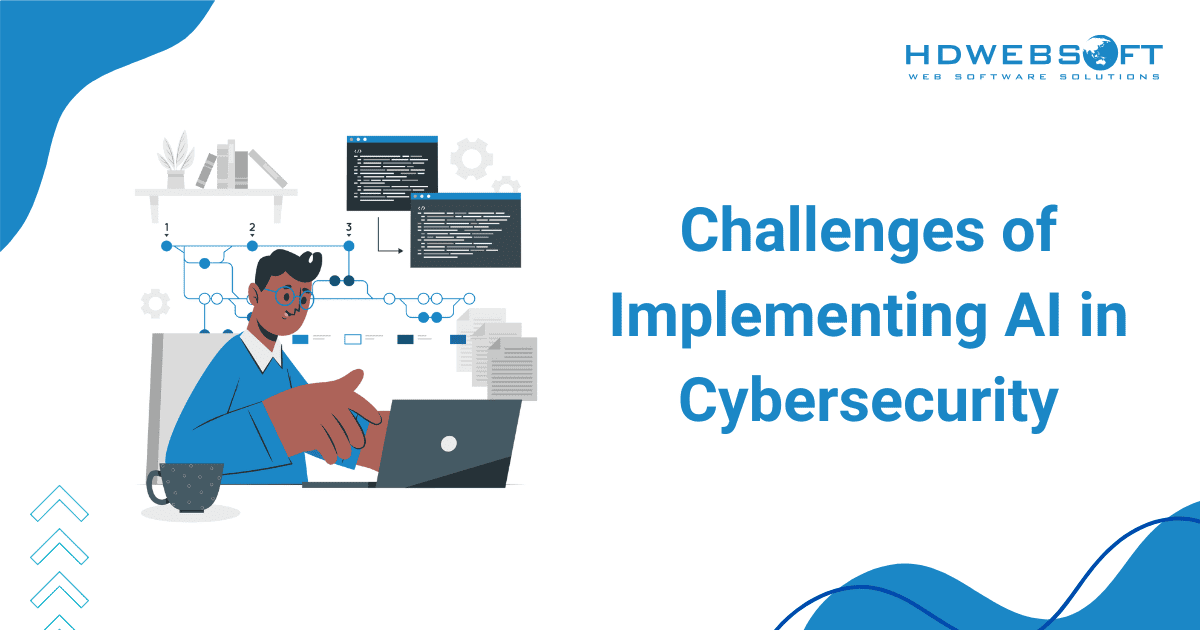
Bias in AI Security Systems
One of the most critical challenges of cybersecurity AI is the inherent bias in AI models. AI systems learn from data, and if this data is skewed or incomplete, it can lead to biased decision-making.
For instance, critical AI systems tasked with identifying threats might prioritize certain patterns while overlooking others, inadvertently creating blind spots. This bias not only weakens the AI in cybersecurity systems but also risks unfairly targeting or neglecting specific users or activities. Moreover, bias can propagate throughout the system, impacting automated decisions across various layers of security.
Addressing bias is not just a technical challenge but an ethical one as well. The field of ethical AI emphasizes the need for fairness, transparency, and accountability in AI systems. Hence, organizations must prioritize ethical AI principles by ensuring their training datasets are diverse, representative, and regularly updated.
Misinterpretation
No matter how advanced, AI systems can sometimes misinterpret anomalies as threats or vice versa. This can lead to either false positives, which drain resources by chasing non-existent threats, or false negatives, where actual dangers go unnoticed.
Misinterpretations can occur due to incomplete training data, unanticipated scenarios, or limitations in the algorithms themselves. The intricacies of AI in cybersecurity require human oversight to validate findings and provide context. Without this, misinterpretations can compromise the efficiency of the security framework.
It is also important to integrate feedback loops where human analysts refine AI decision-making processes over time. That way, continuous improvement is ensured, and error rates are reduced.
Overreliance
While AI cybersecurity is undoubtedly powerful, overreliance on it can be a significant pitfall. Businesses may grow complacent, assuming that AI can single-handedly handle all cybersecurity challenges. However, AI systems are not infallible.
Cybercriminals continuously evolve their tactics, sometimes deliberately targeting the limitations of AI. For example, attackers may deploy adversarial AI to manipulate or deceive cybersecurity algorithms.
Therefore, a balanced approach, where AI complements human expertise, is crucial for creating a resilient security posture. Organizations should regularly assess and test their AI systems’ capabilities to ensure they remain robust against evolving threats.
Cybersecurity Skills Gap
The rapid adoption of AI in cybersecurity has outpaced the availability of skilled professionals who can implement and manage these systems effectively. AI-driven tools require specialized knowledge to set up, monitor, and optimize. The lack of adequately trained personnel can result in poorly configured systems, leaving organizations vulnerable.

Your internal team may lack the skills that are needed in a battle against hackers.
In particular, this skills gap is pronounced in smaller organizations that may lack the resources for extensive training programs. Bridging this skills gap through targeted training, partnerships with educational and technical support institutions, and upskilling initiatives is essential for successfully deploying AI. Plus, businesses can leverage managed AI services to access expertise without overburdening their internal teams.
Privacy and Legal Complications
With AI’s reliance on large datasets, concerns about privacy and legal compliance are often raised. The use of sensitive personal information to train and operate AI in cybersecurity must adhere to stringent regulations like GDPR. Failure to do so can lead to legal penalties and erode user trust.
Furthermore, the dynamic nature of legal frameworks means that organizations must stay updated with evolving regulations to ensure compliance. Additionally, AI in cybersecurity systems may inadvertently collect or expose private data, further complicating the legal landscape.
In order to address these challenges, organizations must implement robust data governance frameworks. To begin with, you can adopt privacy-preserving techniques such as data anonymization and federated learning.
AI systems depend heavily on the availability and accuracy of data. In cybersecurity, this data is often fragmented, outdated, or unavailable. Without high-quality information, AI’s ability to identify threats is severely compromised.
Moreover, cybercriminals can manipulate data to deceive AI systems, rendering them ineffective. To address this, businesses must invest in secure data collection, storage, and validation practices. Besides, regular data audits and the use of tamper-proof mechanisms can definitely help ensure data integrity and reliability.
Data scarcity is another challenge, particularly for niche industries or emerging threats where historical data may be limited. In such cases, organizations can utilize synthetic data generation or collaborate with other entities to create shared datasets. That way, AI in cybersecurity systems will operate more effectively.
When Not to Implement Cybersecurity AI
Although artificial intelligence is a powerful asset in cybersecurity, there are instances where it may not be the most suitable option. Here are situations where avoiding AI might be more practical:
- AI performs poorly with small or outdated datasets. In these cases, traditional rule-based systems or expert-driven analysis may yield better results.
- Implementing AI can be difficult and prone to errors if your organization lacks skilled personnel or adequate resources.
- Companies relying heavily on legacy systems may find it both challenging and expensive to integrate AI-based cybersecurity solutions.
- Deploying AI may not be feasible without sufficient hardware or cloud infrastructure to support its operations.
The Future of Cybersecurity AI
As cyber threats continue to evolve, so too will the applications of AI in cybersecurity. Innovations such as explainable AI (XAI) aim to make AI decisions more transparent, fostering trust among users.
Plus, AI-driven deception technologies, like honeypots, are expected to become more sophisticated, luring attackers into controlled environments. The future will likely see AI systems working collaboratively with human professtionals, combining computational efficiency with human intuition. As we move forward, the synergy between AI and cybersecurity experts will undoubtedly shape a safer digital future.





